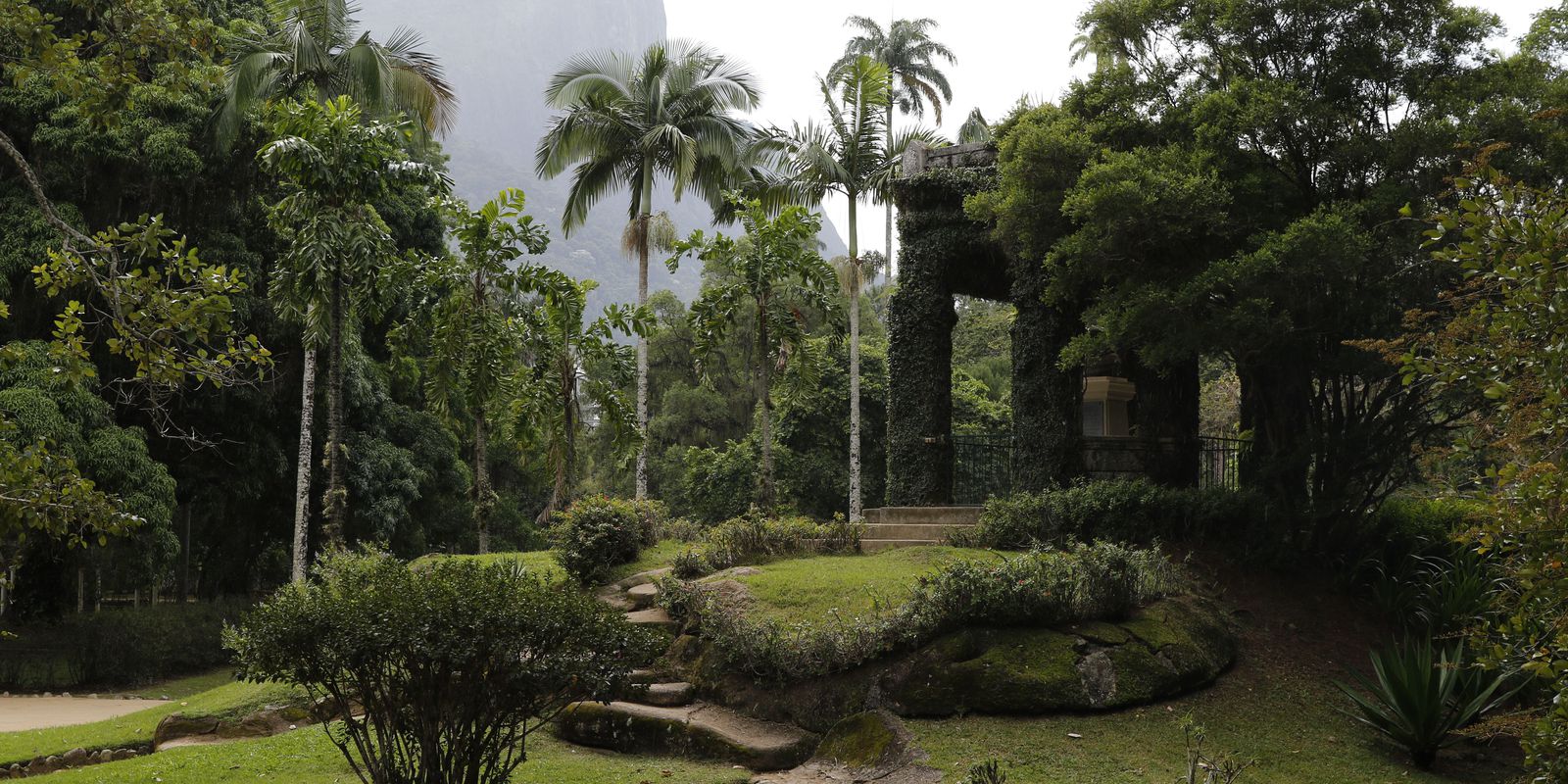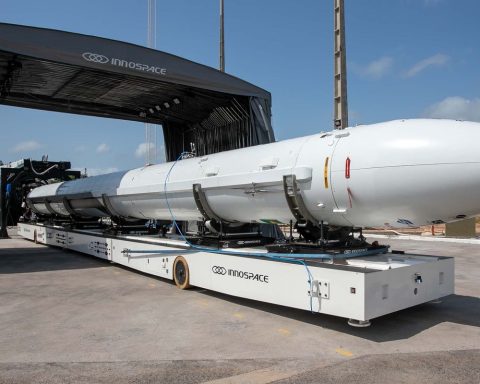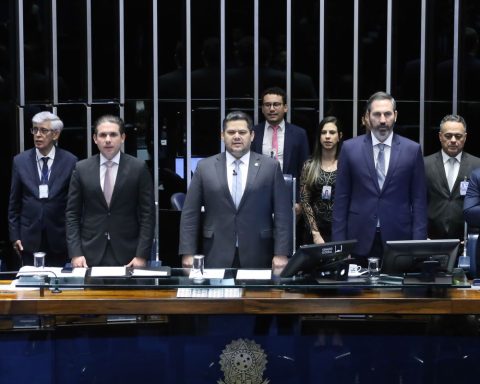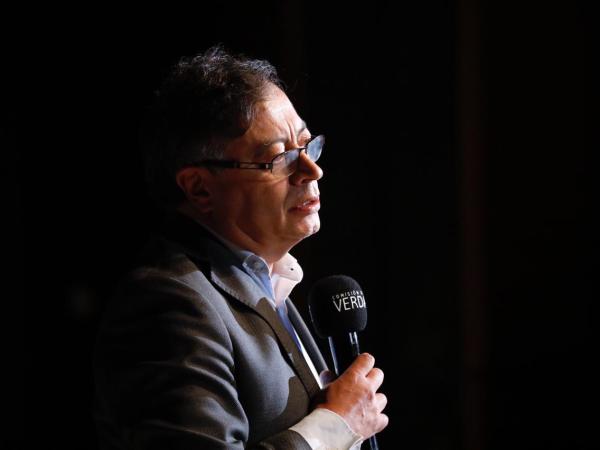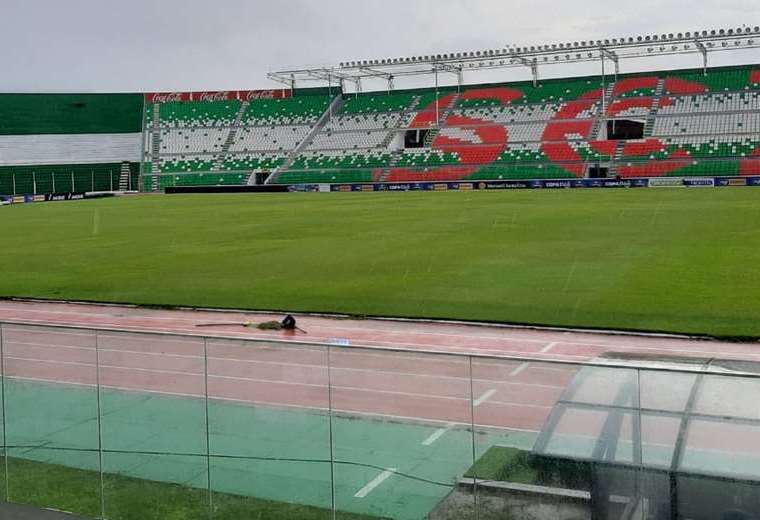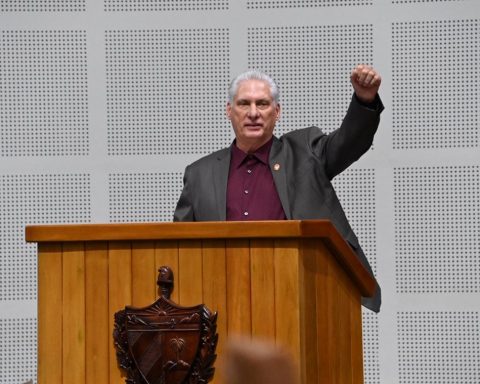Comprising around 15,000 items, the historical photographic collection of the Botanical Garden of Rio de Janeiro will be revitalized. The photographs that make up the collection record different stages of scientific practices in the field of botany, in addition to documenting the history of the institution. The glass negatives, produced between 1900 and 1940, are highlights of the collection.
Among the records, there are those of the visit of scientist Albert Einstein to the Botanical Garden, in 1925, and photos of the mango nook and the palm alley copied from the glass negatives. These are documents that support the construction of knowledge about Brazilian biodiversity.
“The Rio de Janeiro Botanical Garden is one of the most renowned institutes for research on flora in Brazil and even in the world. It was founded in 1808 by Dom João, who was Prince Regent at the time and, because of that, the Botanical Garden has great importance to history”, says the director of Knowledge, Environment and Technology of the institution, Marcos Gaspar.
In Marcos Gaspar’s opinion, the historical photographic collection is very important. “In addition to enchanting the exuberance of its arboretum, it has a legacy that is more than a bicentennial, not only in terms of tourism, but also in terms of collection, buildings and monuments”.
The revitalization will be financed by the Carlos Chagas Filho Foundation for Research Support of the State of Rio de Janeiro (Faperj). BRL 120,000 will be invested in diagnostics, cleaning and packaging for the permanent custody of the collection.
“The idea is to transfer it to our collection shed, which is a much more suitable place, which was finalized precisely for this, to have a landing, a place where the main collections of the Botanical Gardens will be concentrated”, informs Gaspar.
The Shed of Collection and Memory, to which the director refers, was inaugurated at the end of last year and created for the storage of documents and reception and research actions. With the revitalization and proper packaging of the photographs, the public’s access to the collection will be expanded. Currently, scanned images are available at Botanical Garden page on the Internet.
Ecomuseum
The revitalization project is part of the Botanical Garden Ecomuseum Program, created in February. Ecomuseum is a territorial museum concept, which differs from the traditional one in that it encompasses everything within its territory.
The Botanical Garden Ecomuseum brings together seven nuclei: archaeological sites, living collections, landscape sets, monuments, works of art, research and teaching. There are more than 22,700 plants in the living collections and about 3,400 species cultivated in its arboretum, with an area of public visitation of 54 hectares, in addition to monuments and documentary and photographic collections.
There is also a research center that has the most complete botany library in the country, with approximately 110,000 volumes, as well as the largest herbarium in South America, housing more than 850,000 cataloged plant samples.
*Intern under the supervision of Mario Toledo
